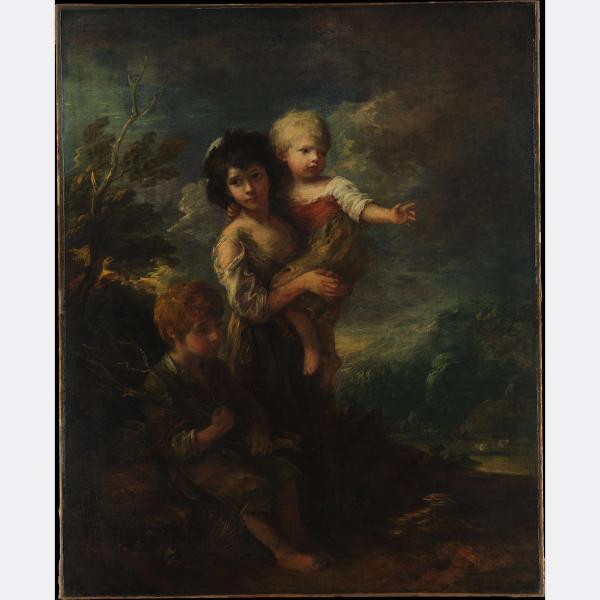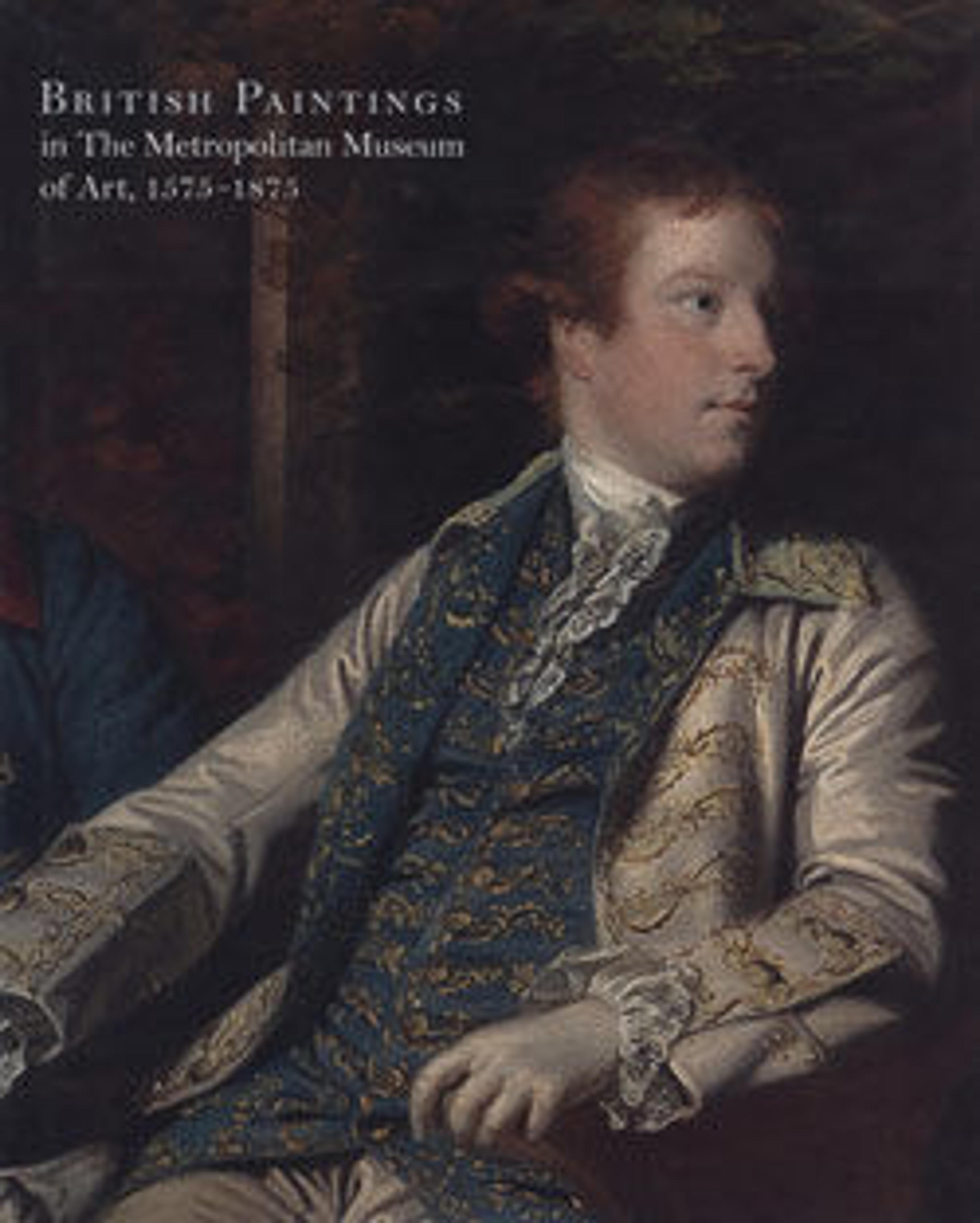Cottage Children (The Wood Gatherers)
Artwork Details
- Title: Cottage Children (The Wood Gatherers)
- Artist: Thomas Gainsborough (British, Sudbury 1727–1788 London)
- Date: 1787
- Medium: Oil on canvas
- Dimensions: 58 1/8 x 47 3/8 in. (147.6 x 120.3 cm)
- Classification: Paintings
- Credit Line: Bequest of Mary Stillman Harkness, 1950
- Object Number: 50.145.17
- Curatorial Department: European Paintings
Audio

5235. Cottage Children
Thomas Gainsborough, 1787
ANNETTE LAREAU: What strikes me first is how well-fed these children are for poor children in this period. Many poor children really didn't have enough to eat. And yet these children have round faces and look very healthy, surprisingly healthy.
Hi, I'm Annette Lareau. I'm a professor at the University of Pennsylvania, and I study social class and children's daily lives.
I mean, there are signs that they're poor through their clothing. They don't wear shoes. Shoes were very expensive during this period.
ADAM EAKER: This isn’t an image of abject poverty, of starvation. It really is a very idealized and selective image of what rural poverty would have looked like in the eighteenth century in England.
NARRATOR: Associate Curator Adam Eaker.
ADAM EAKER: It’s an image of poor children, but it’s intended for very wealthy art collectors and connoisseurs.
NARRATOR: In fact, the painting was once owned by the first Earl of Carnarvon, of Highclere Castle.
ADAM EAKER: That’s actually where the fictional Downton Abbey was filmed. And that raises some difficult questions for us. So we need to ask ourselves, is it an image that is meant to challenge social convention, or is it an image that is meant to give us a reassuring picture of those less fortunate than ourselves?
NARRATOR: The children who posed for the painting were real. And likely paid to model.
ANNETTE LAREAU: So by posing, the child would earn money for the family that would be very valuable.
ADAM EAKER: We can imagine that the original upper-class owners of this picture would have been engaged in some form of philanthropy, of charity work. But it was an attitude that was very much paternalistic, not at all interested in changing the status quo, but in fact in upholding it through acts of very selective charity.
More Artwork
Research Resources
The Met provides unparalleled resources for research and welcomes an international community of students and scholars. The Met's Open Access API is where creators and researchers can connect to the The Met collection. Open Access data and public domain images are available for unrestricted commercial and noncommercial use without permission or fee.
To request images under copyright and other restrictions, please use this Image Request form.
Feedback
We continue to research and examine historical and cultural context for objects in The Met collection. If you have comments or questions about this object record, please contact us using the form below. The Museum looks forward to receiving your comments.
